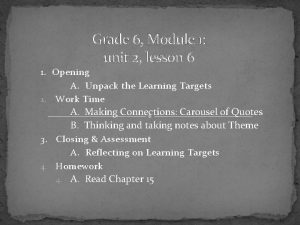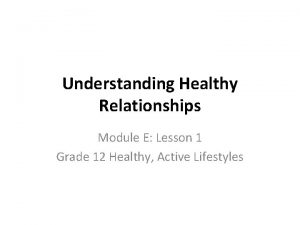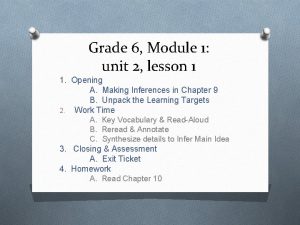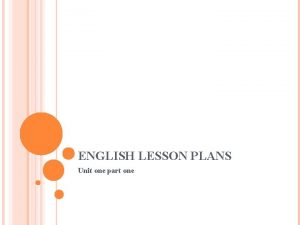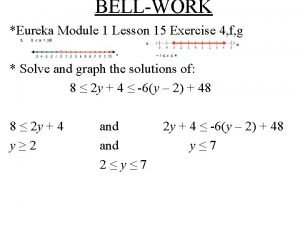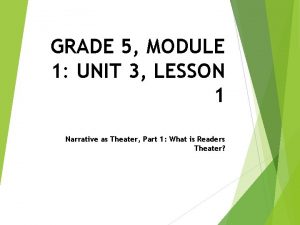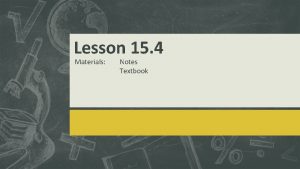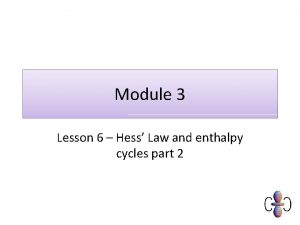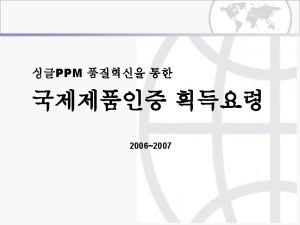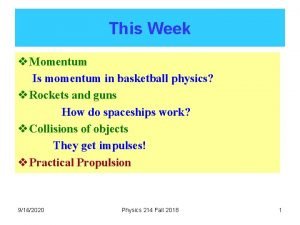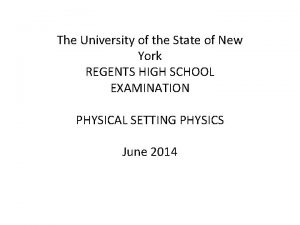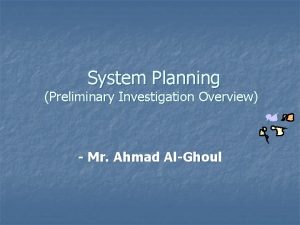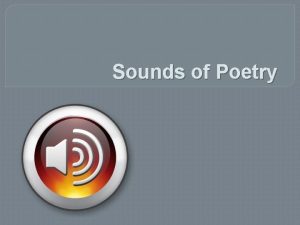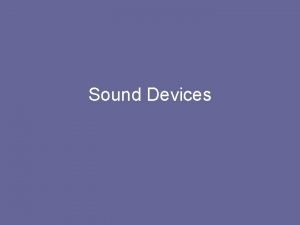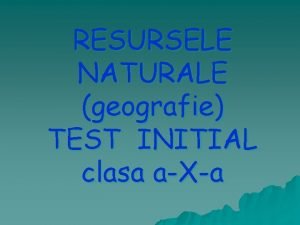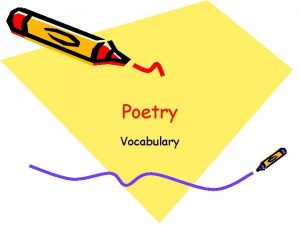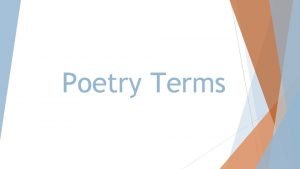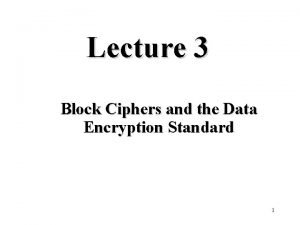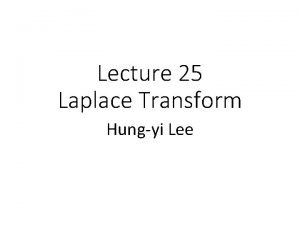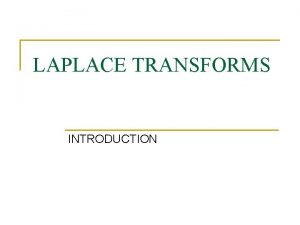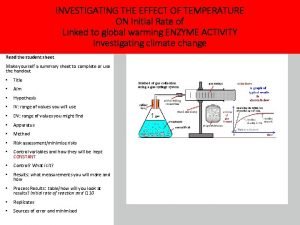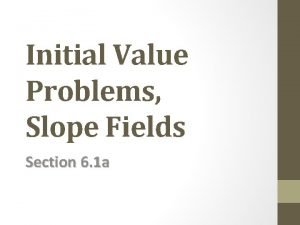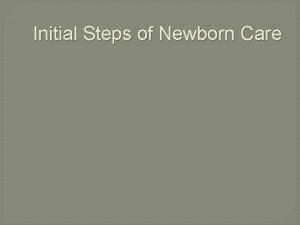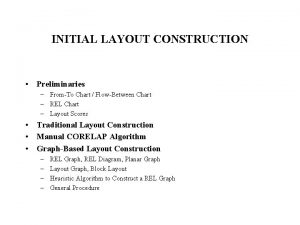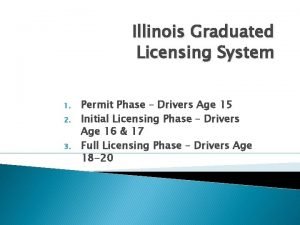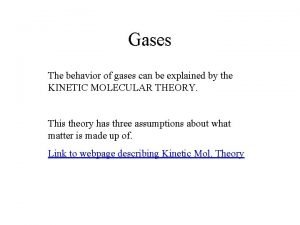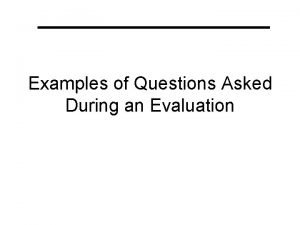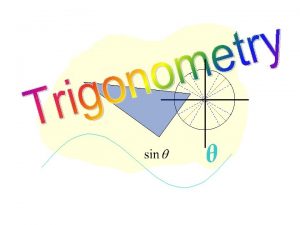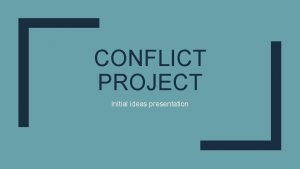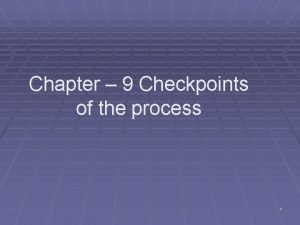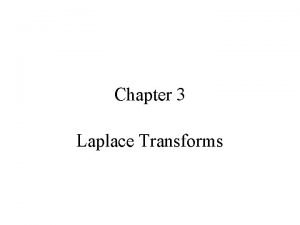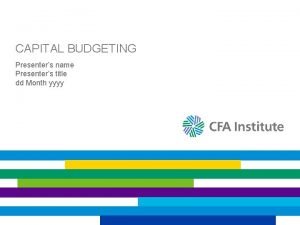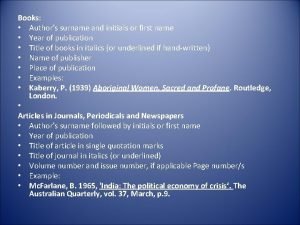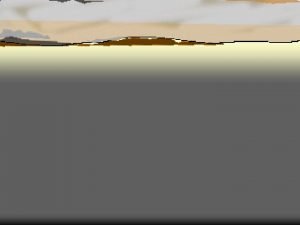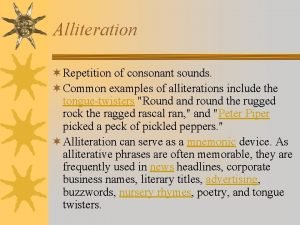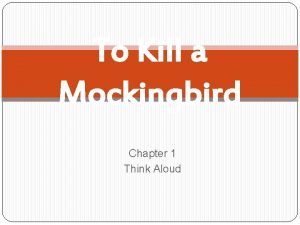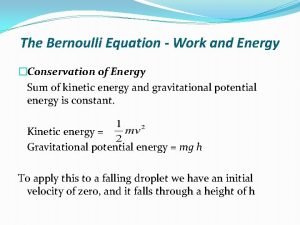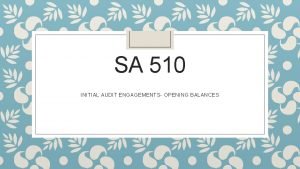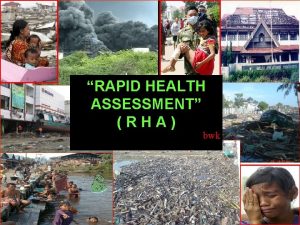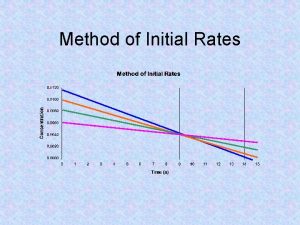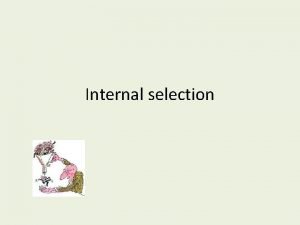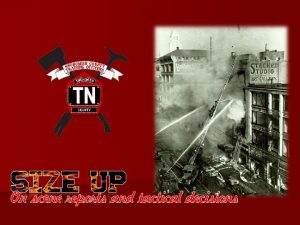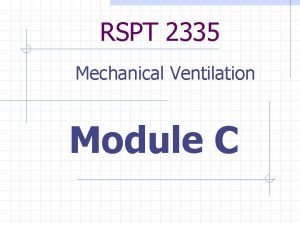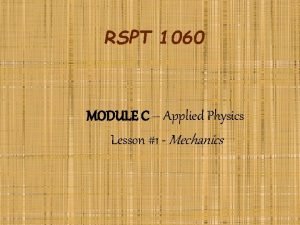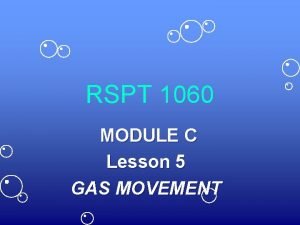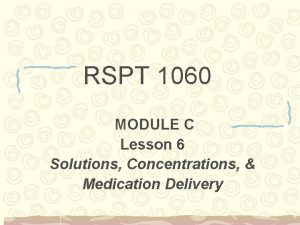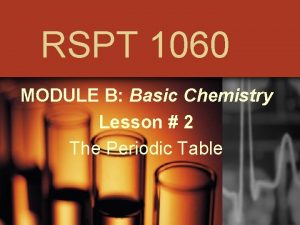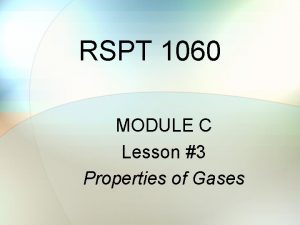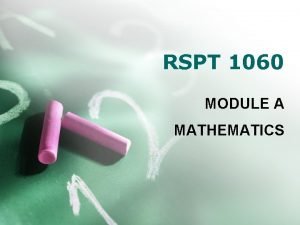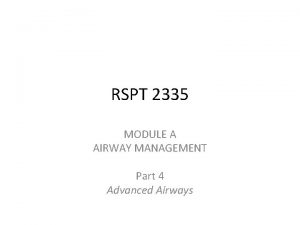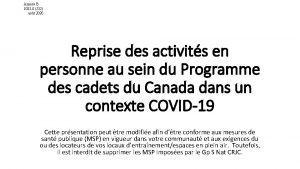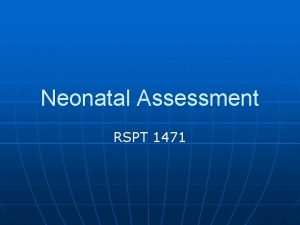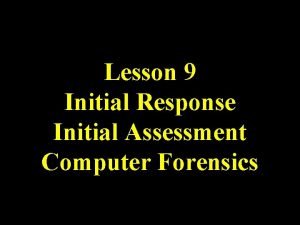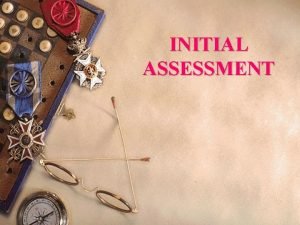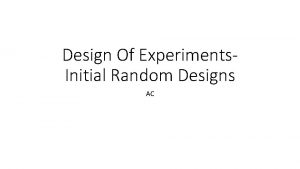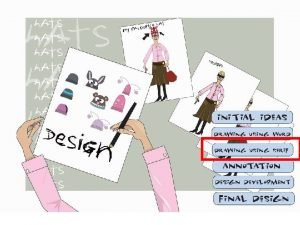RSPT 1085 MODULE F Lesson 4 a Initial





























































- Slides: 61

RSPT 1085 MODULE F Lesson #4 a - Initial Impression, Neurological, HEENT & Neck Assessment

ASSIGNMENTS n Read Egan’s Fundamentals: n Chapter 15, pages: 325 – 326 n 330 – 331 n 341 - 342 n n Egan’s Workbook n n Chapter 15 Review Lesson objectives

OBJECTIVES n At the end of this module, the student should be able to… Define the words used in this module. n List the main categories of physical assessment done by the RCP. n State the purpose of the initial impression. n List and explain the three areas of neurological assessment. n

OBJECTIVES n At the end of this module, the student should be able to… List the six levels of consciousness. n Explain how to evaluate orientation. n List the terms used to describe emotional state. n Describe two different postures and their causes. n

OBJECTIVES n At the end of this module, the student should be able to… During HEENT inspection, what can be some abnormal findings. n Explain the significance of jugular vein distension. n Compare the different forms of tracheal deviation. n

Against the Wind

KAHOOT IT! https: //play. kahoot. it/#/k/4089 edf 6 -87 e 0 -44 cd-b 838 -00575 ac 86612

MAJOR TOPICS 1. 2. 3. 4. Initial Impression Neurological Assessment HEENT Assessment Neck Assessment

RCP Patient Assessment (Secondary Survey) n n n Initial Impression Neurological HEENT Neck Vital Signs Thorax n n Respiratory Cardiac Abdominal & Renal Extremities

Initial Impression n Appropriate looking for: Age n Height and weight n n Position Sitting up n Lying down n Side lying n Tripod n


Initial Impression n General Appearance – “The patient looks…” n n n Healthy vs. sick, run down looking, weak, diaphoretic (General Malaise) Well nourished vs. malnourished (Nutritional status) Well taken care of vs. abused (see handout) Neat & clean vs. homeless (Personal hygiene) Calm vs. anxious or in pain (Facial expression) Ability to perform activities of daily living (ADL’s) vs. confined to bed

Neurological Assessment A. Level of Consciousness B. Orientation (sensorium) C. Emotional State *Three different things with different terminology.

Level of Consciousness Involves two areas: 1. Ability to awaken 2. Awareness when awake

Level of Consciousness n n n Alert and responsive – normal. Lethargic, somnolence - sleepy but arouses easily. Obtunded - difficult to awaken but responds appropriately, may have decreased cough or gag. Stuporous, confused – does not awaken completely & responds slowly, decreased mental & physical activity. Semicomatose - responds only to painful stimuli, reflex response only. Comatose - does not respond to painful stimuli, no reflexes, no voluntary movement.

What’s my level of consciousness?

Glasgow Coma Scale n Accurate assessment of Level Of Consciousness (LOC) based on: Eye opening (1 – 4) n Motor (verbal & pain) response (1 – 6) n Verbal response (1 – 5) n n n Good for monitoring neurologic trends Range of scores are 3 – 15

TEST PARAMETER RESPONSE SCORE Eyes - Open Spontaneously To verbal Command To Pain No response 4 3 2 1 Obeys command 6 Localizes pain Withdrawal Decorticate Decerebrate No response 5 4 3 2 1 Oriented & converses Disoriented & converses Inappropriate words Incomprehensible sounds No response 5 4 3 2 1 Best Motor Response To Verbal Command Moves arms to painful stimuli of knuckles against sternum Best Verbal Response

Glasgow Coma Scale n The larger number the better n 15 is closest to normal Lower number – more ill or deeper coma n Can get score of 3 and not be alive n

Posturing Decortication – abnormal flexion of arms and extension of legs due to cortex dysfunction. n Decerebration – abnormal extension of arms & legs due to brain stem dysfunction. n

Posturing Cortex Brain stem

Neurological Assessment A. Level of Consciousness B. Orientation (sensorium) C. Emotional State

Orientation n Orientation x 3 n Person n n Place n n Question – What is your name? Question – Can you tell me where you are? Time n Question – Do you know what time it is or what day it is?

Orientation (Based on answers to questions) n n n Well oriented - cooperative, knows who people are Disoriented - confused, slow, incoherent Confused – slow response, dulled perception, incoherent thoughts Delirious – easily agitated, irritable, hallucinations Able to cooperate - ask to perform simple tasks, ask to repeat instructions Unable to cooperate & may be due to: n language difficulties n Influence of medication n Hearing loss n Fear, apprehension, depression, etc.

Neurological Assessment A. Level of Consciousness B. Orientation (sensorium) C. Emotional State

Emotional State Facial expressions

Emotional State n n n n Anxious, nervous - watching every movement (asthmatic) Distressed (hypoxemia) Depressed - quiet or denial Angry, combative, irritable (electrolyte imbalance) Euphoric – (drug overdose) Sedated – (medicated to relieve anxiety or induce sleep) Panicky – (hypoxia, tension pneumothorax, status asthmaticus, pulmonary embolism)


HEENT Assessment General & Head n Eyes n Ears n Nose n Mouth n Throat n

HEENT Assessment n Head n What can be observed when doing an assessment of the head? Cuts & bruises n Burns n Change from normal skin temperature n Sweating (diaphoresis) n n What does the finding mean?

The photo is of Kolby - 24 hours after being burned by a Magic Eraser sponge. It was much worse the day before.

HEENT Assessment n Eyes n What can be observed when doing an assessment of the eyes? n n n (PERRLA) - Pupils should be equal in size, round, reactive to light and accommodation (distance) Dilation (mydrasis) with brain death, catecholamines, atropine Constriction (miosis) with parasympathetics, opiates Eyelid drooping (ptosis) with cranial nerve damage, tumors, myasthenia gravis… What does the finding mean?

Eyes – Pupils

HEENT Assessment n Ears & Nose n What can be observed when doing an assessment of the ears & nose? n n Inspect nose & ears for fluid Itching or burning sensations of the nose and throat Newborns with nasal flaring - a sign of respiratory distress What does the finding mean?

HEENT Assessment n Mouth: n n n n What can be observed when doing an assessment of the mouth? Grunting in newborns Pursed-lip breathing Blood in mouth Broken or loose teeth Color of mucous membranes n Pink, Red, Blue Breath odor n ETOH, Diabetic = sweet or acetone What does the finding mean?


HEENT Assessment n Throat n What can be observed when doing an assessment of the throat? n n Difficulty swallowing or drooling (dysphagia) Noisy breathing (stridor & wheezing) Hoarseness or voice change Speech difficulty (dysphasia) n n n Can they complete a sentence with one breath? Can they hold their breath? Is it clear and understandable ? Cough & production What does the finding mean?


MAJOR TOPICS 1. 2. 3. 4. Initial Impression Neurological Assessment HEENT Assessment Neck Assessment

Neck Assessment n n n n Supra sternal retractions Masses Medic Alert tags Subcutaneous emphysema Accessory muscle use Transtracheal oxygen catheter or other invasive catheters Stoma Jugular Vein Distension n Tracheal Deviation n

Estimation of jugular venous pressure.

Neck Assessment n Jugular vein distention - defined When the bed is elevated 45 degrees, the blood should fill the neck veins no more than a few cm above the clavicles. n Venous distention greater than 4 cm above the sternal angle, at end exhalation, is abnormal. n See Egan page 342 n

Jugular vein distension (JVD)

Neck Assessment n Jugular vein distention - causes Congestive right heart failure n COPD with Cor Pulmonale or RHF n Obliteration of the pulmonary capillary bed by pulmonary disease such as emphysema n Chronic hypoxemia n Pulmonary hypertension (vasoconstriction) n Polycythemia n n Also possibly caused by severe LHF, hypervolemia, right atrial tumors

EMPHYSEMA

Cor Pulmonale *Begins with Lung disease JVD Right heart failure Liver enlargement Pedal edema

Neck Assessment n Tracheal deviation To determine proper position, place the index finger through the supra sternal notch. n Compare the space between the clavicles and the borders of the trachea. n


Thyroid Deviation This is a picture of a thyroid cartilage shift (possibly from a neck mass) Center Right Left

Tracheal Deviation Atelectasis of the right lower lobe Trachea deviated toward the affected side Pull

Tracheal Deviation Large Pleural Effusion on right Trachea deviated away from affected side Push

Tracheal Deviation Tension pneumothorax Tracheal deviation away from the affected side Push

Pneumothorax n View DVD showing: Tension pneumothorax n Respiratory distress n Relief of pressure n

Tracheal Deviation Pulled to the abnormal side Pushed to the normal side (toward pathology) (away from pathology) Spontaneous pneumothorax (non-tension or open) Pulmonary alveolar collapse (atelectasis) Pneumonectomy Diaphragmatic paralysis Massive pleural effusion Tension pneumothorax Neck or thyroid tumors Large mediastinal mass Upper lung tumors


Shows inspection of head & neck


A clinician who, during the patient encounter, stands with his arms crossed and avoids eye contact is conveying a lack of concern for the patient. 1. 2. True False C o u n t d o w 15

Asking for permission to use an article within the patient’s room acknowledges the patient’s territorial rights while conveying respect for the patient. 1. 2. True False C o u n t d o w 15

We should use as much medical terminology as we can because it shows the patient how educated we are. 1. 2. True False C o u n t d o w 15

Before we leave a patient’s room we should ask… 1. 2. 3. 4. 5. Is there anything else you need? Do you have any questions? Did I do a good job? Would you like to go home? 1&2 C o u n t d o w 15
 1345 lexile score
1345 lexile score Louisiana form r-1085
Louisiana form r-1085 C device module module 1
C device module module 1 Hardship and suffering during the depression
Hardship and suffering during the depression Module 5 lesson 5
Module 5 lesson 5 Eureka math grade 6 module 1 answer key
Eureka math grade 6 module 1 answer key Practical/logistical issues in relationships
Practical/logistical issues in relationships Grade 6 module
Grade 6 module Module eleven lesson one self check quiz
Module eleven lesson one self check quiz Eureka math algebra 1 module 1 lesson 15
Eureka math algebra 1 module 1 lesson 15 Grade 5 module 1 lesson 1
Grade 5 module 1 lesson 1 Module 15 angles and segments in circles answer key
Module 15 angles and segments in circles answer key Module 3 lesson 6
Module 3 lesson 6 Cecpd
Cecpd Momentum in basketball physics
Momentum in basketball physics Two identically sized metal spheres
Two identically sized metal spheres Comboned gas law
Comboned gas law System planning and initial investigation
System planning and initial investigation Deped transmutation table
Deped transmutation table Alliteration statements
Alliteration statements Repetition of initial sounds
Repetition of initial sounds Test geografie resurse naturale
Test geografie resurse naturale Prière universelle mariage originale
Prière universelle mariage originale The repetition of initial consonant sounds
The repetition of initial consonant sounds The repetition of initial consonant sounds
The repetition of initial consonant sounds The repetition of beginning sounds
The repetition of beginning sounds Cipher
Cipher Final value theorem transfer function
Final value theorem transfer function Initial velocity and final velocity formula
Initial velocity and final velocity formula Initial value theorem
Initial value theorem Final velocity initial velocity acceleration time
Final velocity initial velocity acceleration time How to calculate initial rate of reaction
How to calculate initial rate of reaction Market profile day types
Market profile day types Initial value problem
Initial value problem Initial steps of newborn care
Initial steps of newborn care From to chart
From to chart Converging ils approaches
Converging ils approaches Illinois graduated license
Illinois graduated license Gcu annuity rates
Gcu annuity rates Mathematical expression of boyle's law
Mathematical expression of boyle's law Fact finding questions examples
Fact finding questions examples Deceleration on velocity time graph
Deceleration on velocity time graph Initial ray definition
Initial ray definition Initial idea 1
Initial idea 1 The initial operational capability milestone occurs
The initial operational capability milestone occurs Initial value theorem
Initial value theorem Capital budget meaning
Capital budget meaning Initial outlay formula
Initial outlay formula Objectives of capital budgeting
Objectives of capital budgeting Author surname and initials example
Author surname and initials example The repetition of beginning consonant sound
The repetition of beginning consonant sound Consonant alliteration
Consonant alliteration Morphodite in to kill a mockingbird
Morphodite in to kill a mockingbird Bernoulli equation energy conservation
Bernoulli equation energy conservation Initial observation definition
Initial observation definition Sa 510 audit
Sa 510 audit Rapid health assesment
Rapid health assesment Repetition of initial sound in words close together
Repetition of initial sound in words close together Method of initial rates
Method of initial rates Internal selection
Internal selection Security briefing topics
Security briefing topics Blue card initial radio report
Blue card initial radio report





